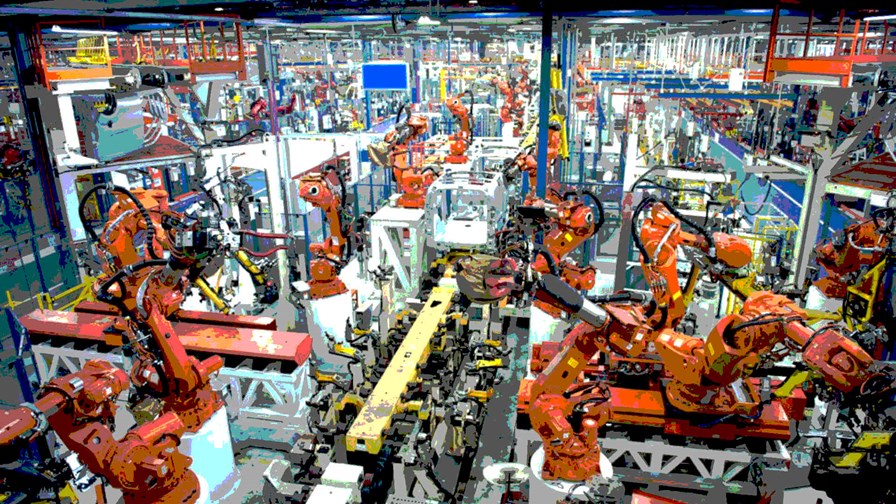
© HPE edited by TTV
- Much of the global economy moved out of the office to keep the economy ticking over through the pandemic
- The network technology worked unexpectedly well
- So, having proved the value of itself with the pandemic, the World Economic Forum has posited 5G’s 9 big opportunities for the longer term
The immediate post Covid-19 world may prove to be the ideal breeding ground for 5G applications and its associated new ways of organising work, according to the latest instalment of the World Economic Forum Outlook Series.
The shock of Covid and the lockdown has given the world’s advanced economies a huge spur to action, with many businesses fast-tracking the digital transformations they had previously been keeping in the ‘under active consideration’ file. They had known that these changes and investments had to come sometime, but, well, there were so many more urgent things to do...
The pandemic changed a lot of that sort of thinking. According to the WEF report, with huge numbers of people confined to their homes, “several years’ worth of digital transformation [took] place over a matter of weeks.” It says the rapid switch was happening everywhere - from the biggest corporations to the smallest enterprises... and across all countries.
The result was that the world of work had been gifted with new tools and, thanks to advanced communications and, with 5G on the way, the promise of even more powerful ones in the years ahead. The agility that helped beat the pandemic in 2020 has set the economy up to take advantage of new opportunities to ‘build back better’ in the longer term, as the jargon has it.
So what might these opportunities be?
After many executive interviews, the report has boiled it all down to 9 specific opportunities and what we might call profound effects, such as ‘greater social cohesion’.
5G on the move
One group of opportunities is what we might call ‘classic 5G mobile’: the opportunity to completely untether workplaces and assets, including human assets, and crush distance limitations using 5G. Things like remote diagnostics using smart machine vision and AI. Then there’s connected transport and driverless vehicles and drones to automatically move things and people around to where they’re needed. This in turn enables a host of new business model opportunities for personalised services using the technologies and further encouraging development and uptake.
5G on-site
This is mostly about tracking and monitoring - here the 5G-enabled device tends to be stationary and looks to record processes and movement around it undertaken by other devices which might move but don’t necessarily monitor and report on themselves. Obviously IoT is involved here and the applications might range from safety, security and asset utilisation through to industrial process maintenance and management.
Environmental monitoring and protection also falls under this heading, as do autonomous robotics which has huge potential to engage with complex processes and precision tasks.
5G in Communities
The report talks about ‘democratising 5G to enable a wider uptake of its benefits. Last, and certainly not least in the long run, is the role of 5G in helping people reorganise themselves - in some ways this sort of thinking harks back to the ultra-optimistic period of the early World Wide Web, where we were expected to build online communities and spread joy and good will around the world. We didn’t quite manage that, but we did build communities - not all of them benevolent.
Email Newsletters
Sign up to receive TelecomTV's top news and videos, plus exclusive subscriber-only content direct to your inbox.




